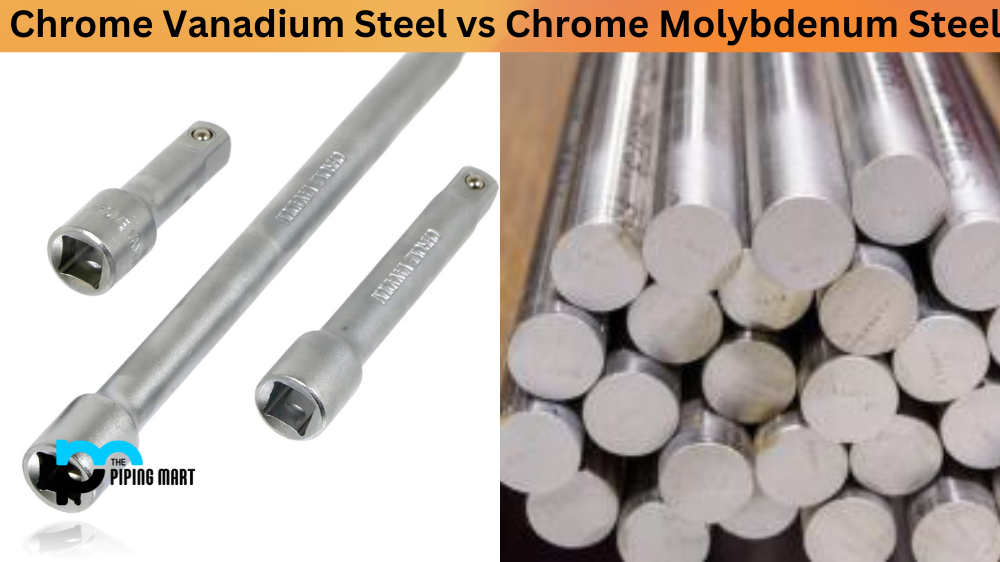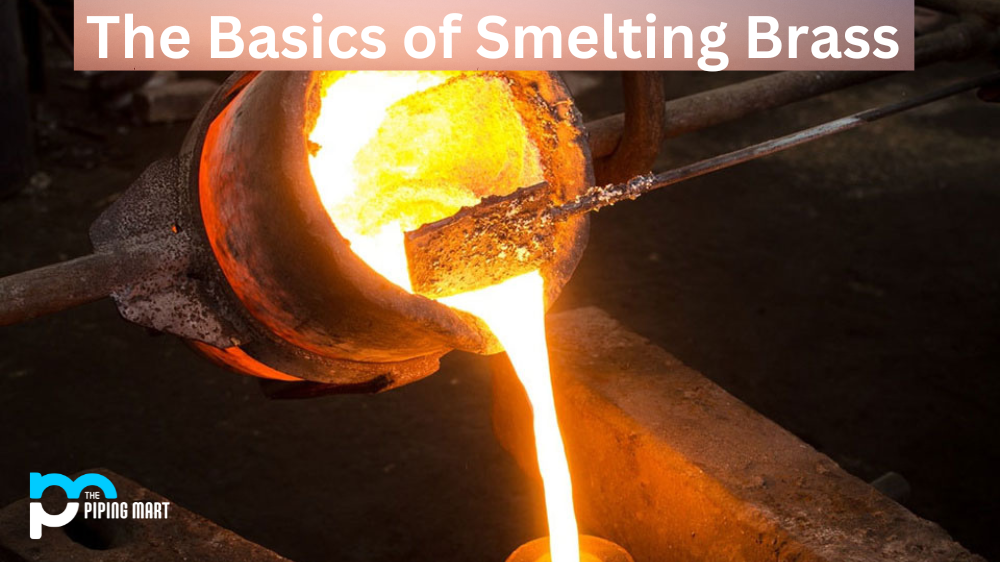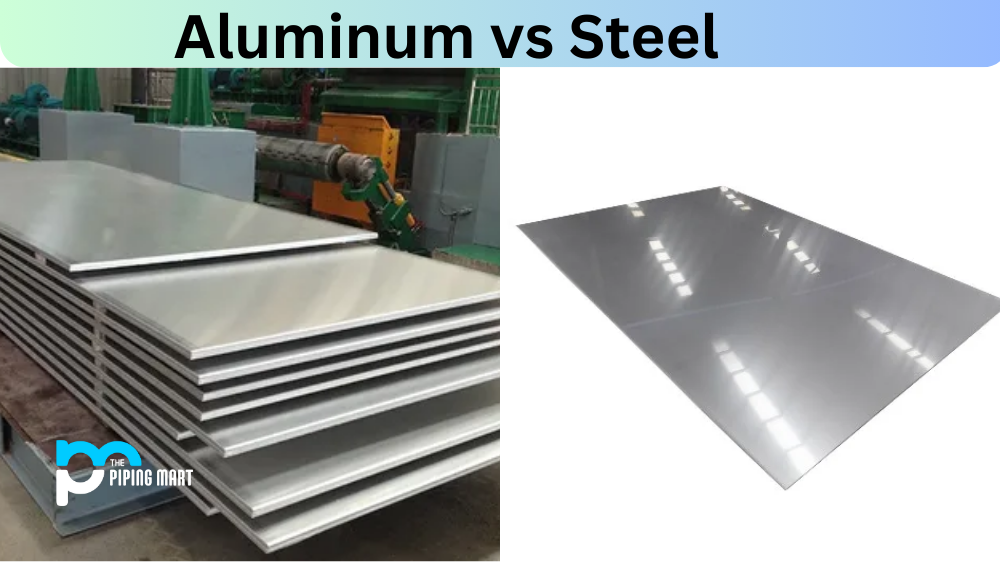Have you ever wondered what makes chrome vanadium steel and chrome molybdenum steel different? Both types of steel are commonly used in the manufacturing industry and are known for their toughness and durability. However, there are some distinct differences between the two that are worth exploring. This blog post will compare and contrast chrome vanadium steel and chrome molybdenum steel to help you decide the best fit for your next project.
Difference Between Chrome Vanadium Steel and Chrome Molybdenum Steel
Chemical Composition
The main difference between chrome vanadium steel and chrome molybdenum steel is their chemical composition. Chrome vanadium steel is an alloy of steel, chrome, and vanadium, while chrome molybdenum steel is an alloy of steel, chrome, molybdenum, and sometimes other elements like nickel or boron. Adding vanadium and molybdenum makes the steel more resistant to wear, impact, and corrosion.
Strength and Toughness
Both chrome vanadium steel and chrome molybdenum steel are known for their high strength and toughness. However, chrome-molybdenum steel has a higher strength-to-weight ratio, making it ideal for applications that require strength without adding too much weight. On the other hand, chrome vanadium steel is more ductile and flexible, making it better suited for applications that require bending, twisting, or shaping.
Heat Treatment
Both types of steel require heat treatment to achieve their desired properties. Chrome vanadium steel is typically heat-treated at a lower temperature, around 850-950°C, while chrome molybdenum steel requires a higher temperature, around 900-1100°C. Higher temperatures result in stronger steel with better wear resistance, making it more difficult to shape and form.
Cost and Availability
Chrome vanadium steel is generally more readily available and less expensive than chrome molybdenum steel. This is because it is easier to manufacture and requires less processing before it can be used. On the other hand, Chrome molybdenum steel requires more processing and is often used in more specialized applications that demand its unique properties.
Common Applications
Chrome vanadium steel is commonly used in hand tools, springs, and mechanical components. Its flexibility and elasticity make it ideal for bending, shaping, or twisting applications. Chrome molybdenum steel is often used in high-stress applications like aircraft components, rocket engines, and racing cars. Its high strength-to-weight ratio and wear resistance make it ideal for high-performance and durable applications.
Conclusion
In conclusion, chrome vanadium steel and chrome molybdenum steel are excellent choices for high-stress applications demanding toughness and durability. However, their different chemical compositions, strength, heat treatment requirements, cost, and availability make them suitable for different applications. If you are still determining which type of steel is best for your next project, consult a metal fabricator or engineer who can help you make an informed decision based on your specific needs.
Meet Heer, a dynamic and driven writer learning tricks of her trade in the metal industry. With a background in Digital Marketing, Heer brings a unique perspective to her writing, sharing valuable insights. Apart from blogging she like reading and hiking.




